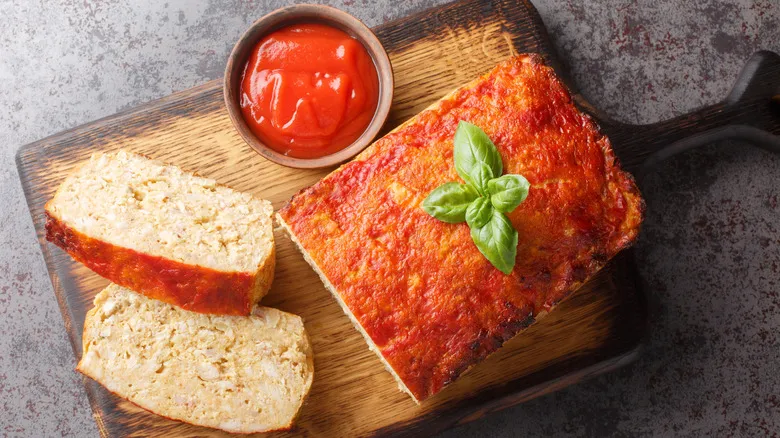Both sweet and spicy treats date back centuries

Gingerbread cookies and ginger snaps, along with their delightful relative, the beloved snickerdoodle, frequently grace holiday cookie trays, decorating gatherings, and bakery displays throughout the year. Their enduring popularity is remarkable, given that people have savored ginger-infused baked goods since ancient times. The history of gingerbread itself stretches back even further, with its presence in ancient Egyptian, Greek, and medieval English cuisine, where it served various purposes, from ceremonial uses to aiding digestion after meals.
The earliest versions of these treats were rustic and straightforward, crafted from honey and dry ingredients. It was during the medieval period that the first gingerbread cookies took form—pun intended. As we know them today, gingerbread men gained popularity in Shakespeare's era, when dough was rolled out and shaped into figures ranging from biblical characters to royal personages.
In contrast, ginger snaps evolved into their modern form during the Revolutionary War period in America, although they were introduced to the country by European settlers. Documented in American cookbooks as early as the 1800s, these crisp cookies were typically made with molasses and without eggs. While they share a common ancestry with gingerbread cookies, which date back centuries, these simpler, often undecorated treats remain a delightful accompaniment to a cup of tea today.
Recommended

The Thoroughly American Reason Fruit Is Usually On The Bottom Of Your Yogurt Cups

The Unique Way Texas Drinks This Iconic Soda

Why You Don't See Childs Chain Restaurants Anymore

How Meatloaf Became A Symbol Of Depression-Era Resourcefulness
Next up

